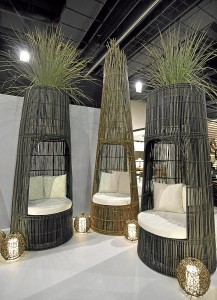
As the Chinese economy morphs from an export-driven powerhouse of mass-produced items into a consumer-driven market for luxury goods, Filipino furniture exporters and designers have started viewing China more as an opportunity than a threat.
Now on its 55th edition, Manila FAME, the four-day biannual fair organized by the Center for International Trade Expositions & Missions (Citem) was held last week at SMX Convention Center in Pasay City.
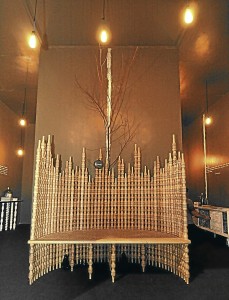
Integrating the country’s four major sourcing events, Manila FAME, led by Citem executive director Rosevi Gaetos, packaged this year’s show as a “design and lifestyle event.”
Gay Apostoso, formerly of Citem and now a consultant to such fairs as the Hong Kong-based Materials, Manufacturing and Technology Fair, has also noticed this shift in demand in China.
“China is now the biggest market for luxury products,” she said. “In their desire to be different from one another, rich Chinese are now also discovering the value of investing in high-end furniture and accent pieces. They don’t want anything that’s mass-produced from their own country. The country’s economy is shifting gradually from being export-driven to consumer-driven.”
Evelyn Selma, designer and managing director of Cebu-based Stonesets International and mother of young, award-winning designer Vito Selma, also noticed China’s increasing ascendancy as a market.

“There was a time I was really reluctant to entertain inquiries from Chinese buyers, especially walk-ins,” she said. “They asked a lot of questions that, in the end, hardly translated into orders. In recent years, however, I’ve started to notice a positive change.”
Although orders from China-based buyers are still small compared to those in Europe, North America, Japan and the Middle East, they’re getting considerably big.
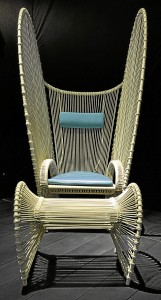
Local manufacturers are also in search of new ways to keep buyers from Europe and North America interested, as the two established markets have growing preference for more environment-friendly and handcrafted furniture and accent pieces strong enough to withstand the outdoors.
Mirroring society
“Trends don’t come from us,” said furniture designer Tony Gonzales, who did several designs this season for Locsin International. “We don’t dictate them. We’re simply mirroring what is happening in society.”
Buyers from Europe, he said, still prefer furniture and accent pieces made of “natural” materials. But, unlike before, they’re not totally shunning products made, say, of plastic. Items made of biodegradable plastics, dubbed as PU, have a better chance of selling abroad compared to those made of non-biodegradable varieties.
Updated versions of the woven “cocoon” chairs Gonzales designed, for instance, come in two variants: one made of a natural plant called arorog, and another made mostly of biodegradable plastic.
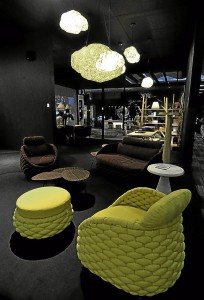
Although rich consumers still buy high-end pieces, they’re now more cautious and discerning.
“They’re now more into classic pieces even if they’re a bit pricier,” said Gonzales.

This thrust is reflected in a second-floor exhibit curated by renowned Filipino furniture designers Budji Layug and Kenneth Cobonpue. The huge display consisted of several integrated showcases composed of the latest furniture pieces from various local manufacturers.
Apart from their labor-intensive quality, the pieces had the trademark panache and artisanal character associated with Filipino designs. Even world-famous Brazilian furniture designers Humberto and Fernando Campana, Citem’s special guest speakers (see story on page C1), marveled at the “fantastic” designs and range of materials used.
Vito Selma was one of two furniture designers nominated by Manila FAME organizers for coming up with a new design for his glass-topped “Delilah” table that stood on a continuous and twisted wooden leg. Stonesets’ white village-inspired space Selma designed also won as best booth.
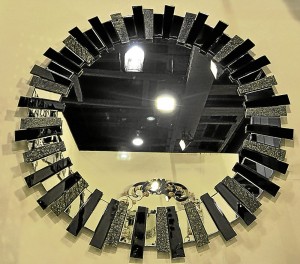
But his nominated piece lost out to design consultant-turned-furniture designer Ito Kish who did “Gregoria,” a wooden settee with woven seats made of solihiya and backrest fashioned from a series of uneven balusters. Kish, whom Selma considers one of his mentors, drew inspirations from ventanillas or small windows.
“While I was thinking of something uniquely Filipino, the image of ventanillas came to my mind,” he said. “Of course, it’s not totally Filipino so I’m not surprised if others are reminded of Moorish and even Indian influences in my work. In essence, the mixture of cultures and influences is what being Filipino is all about.”











































